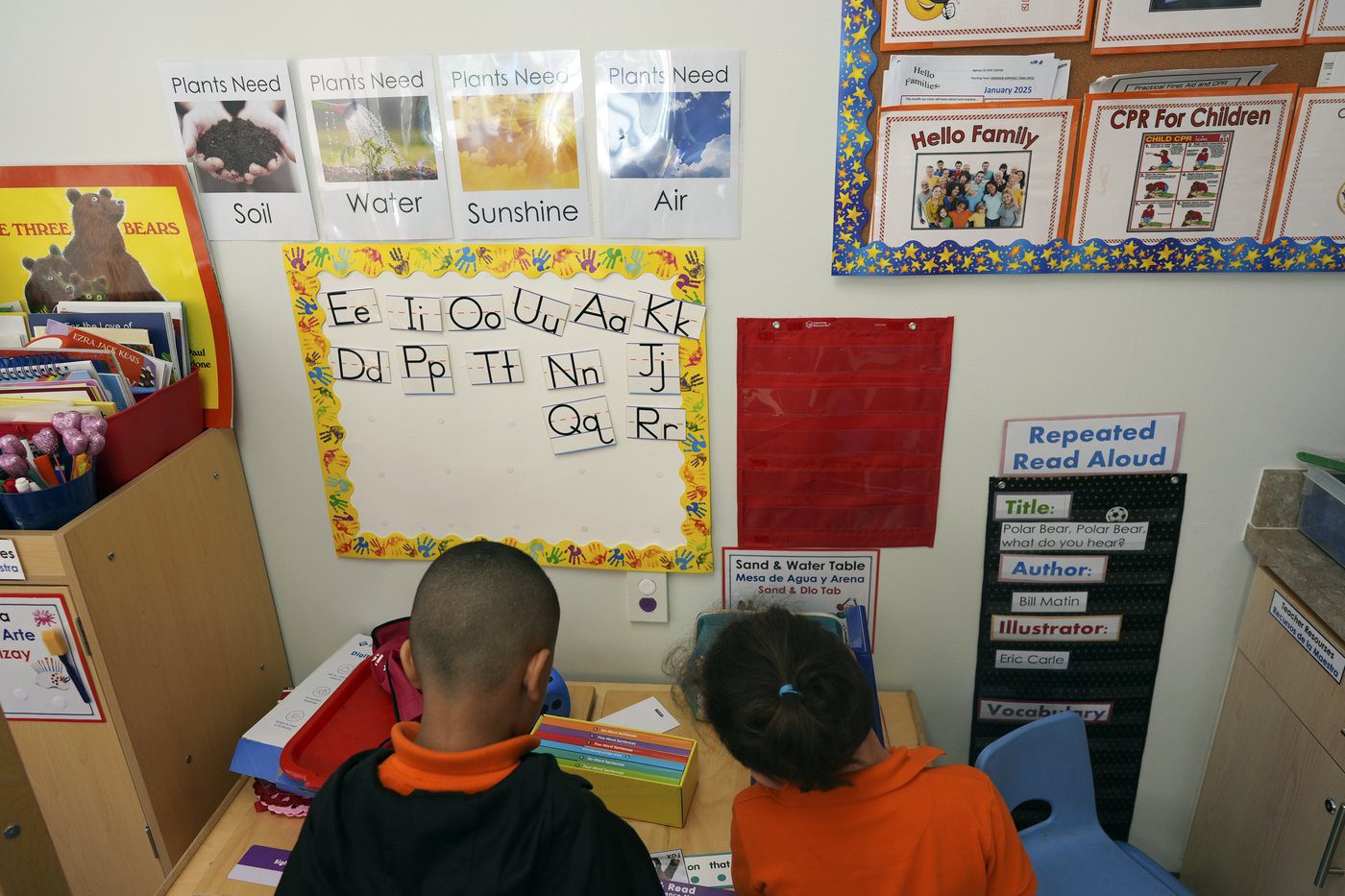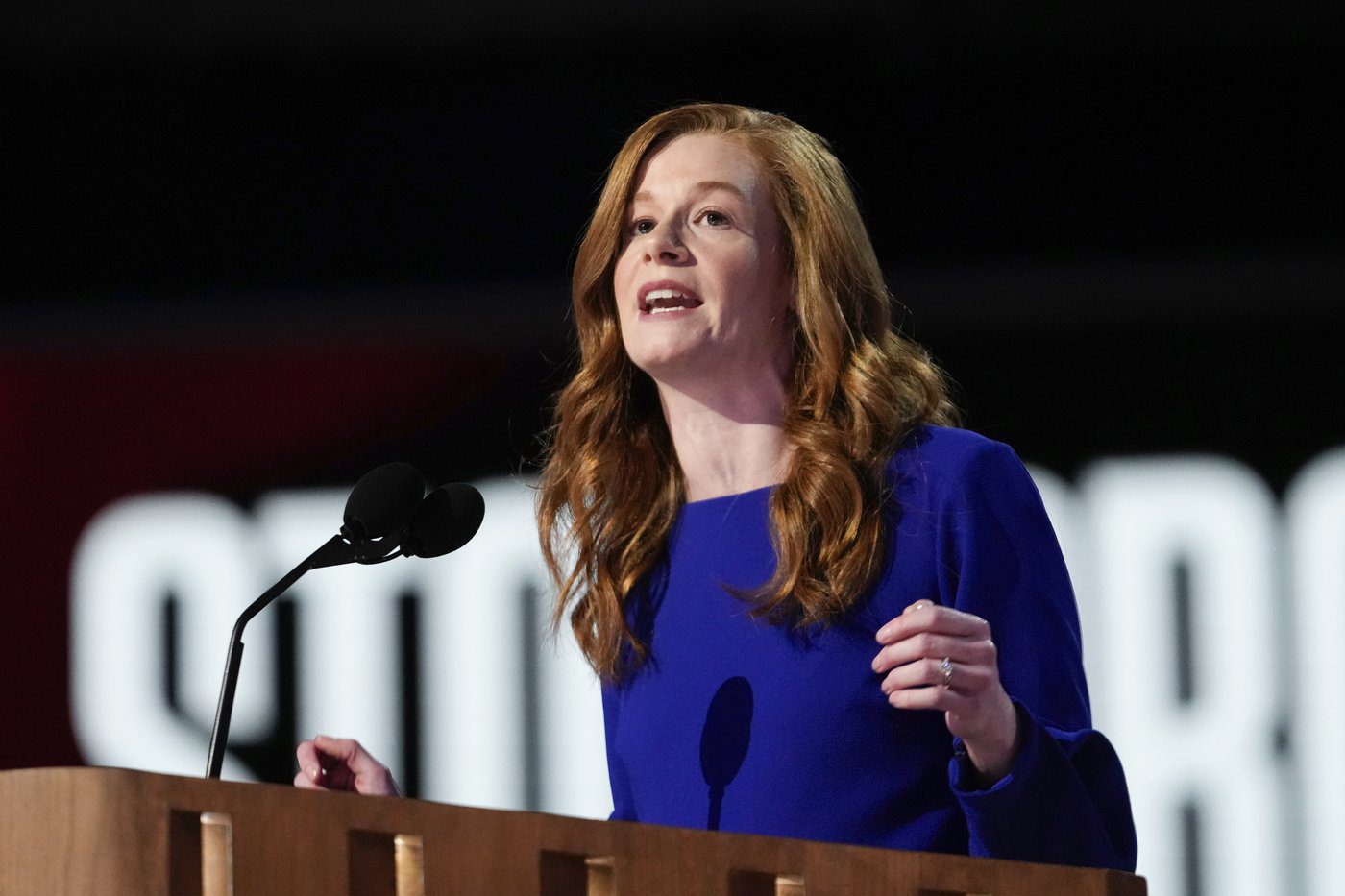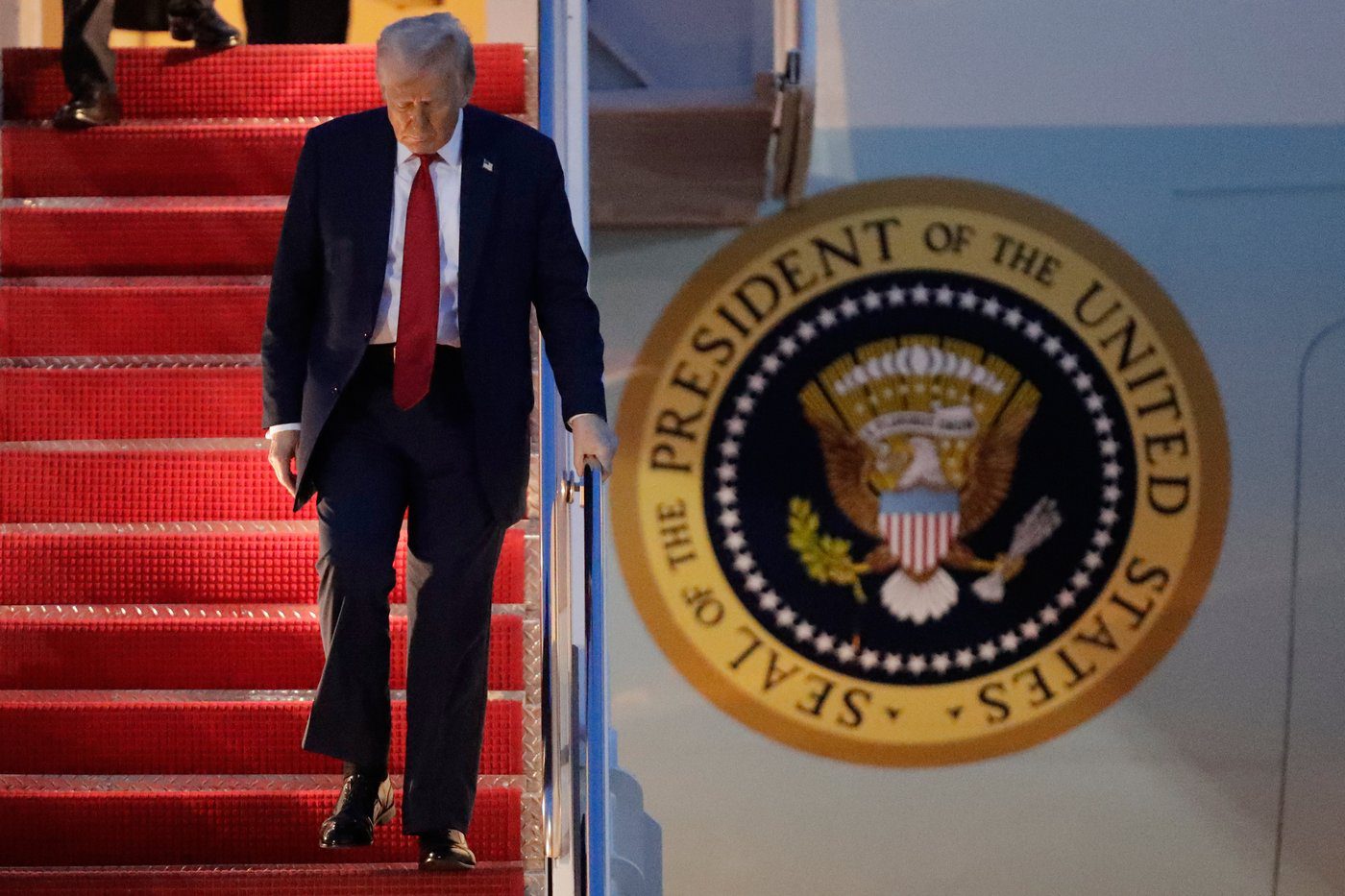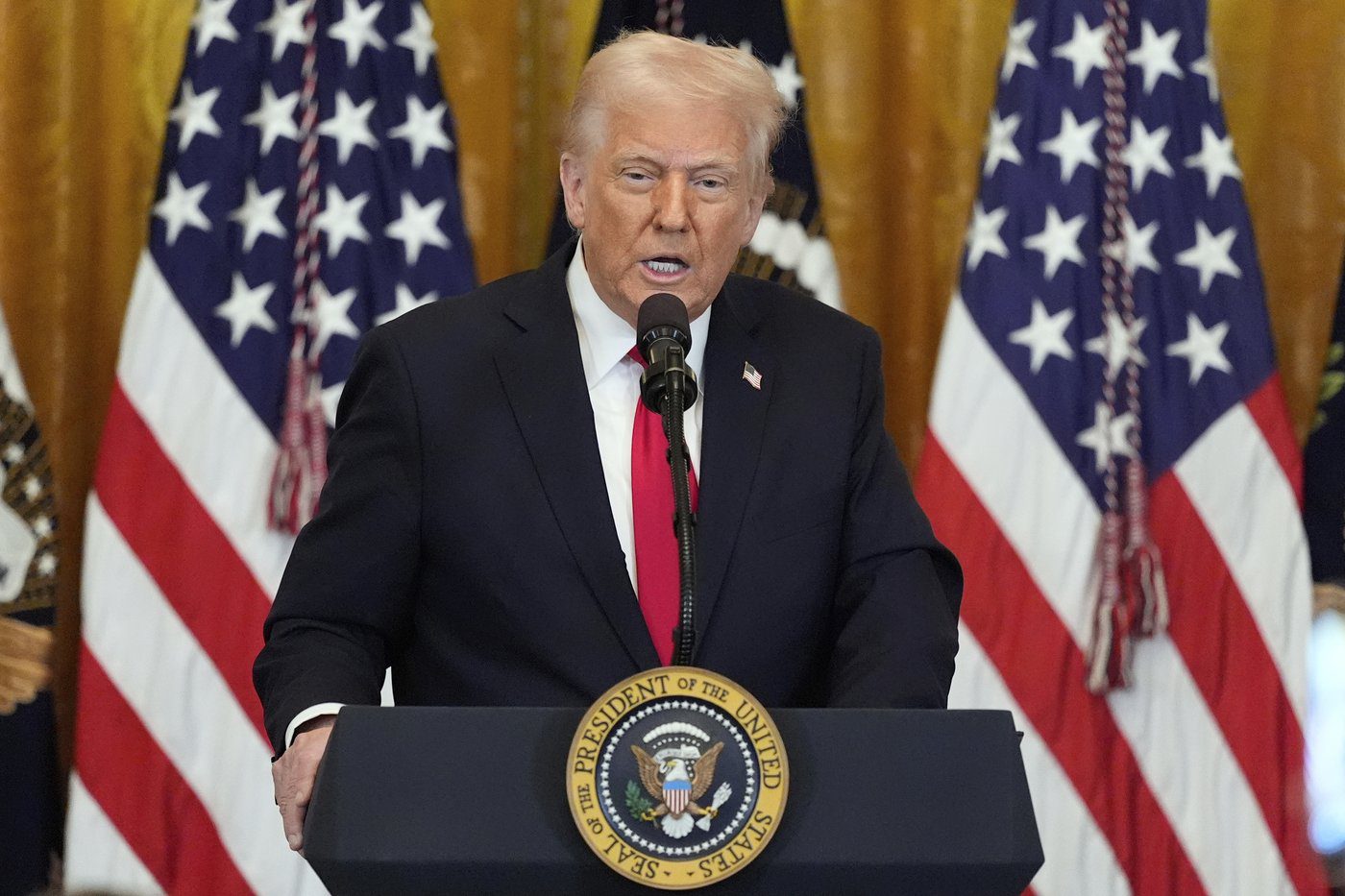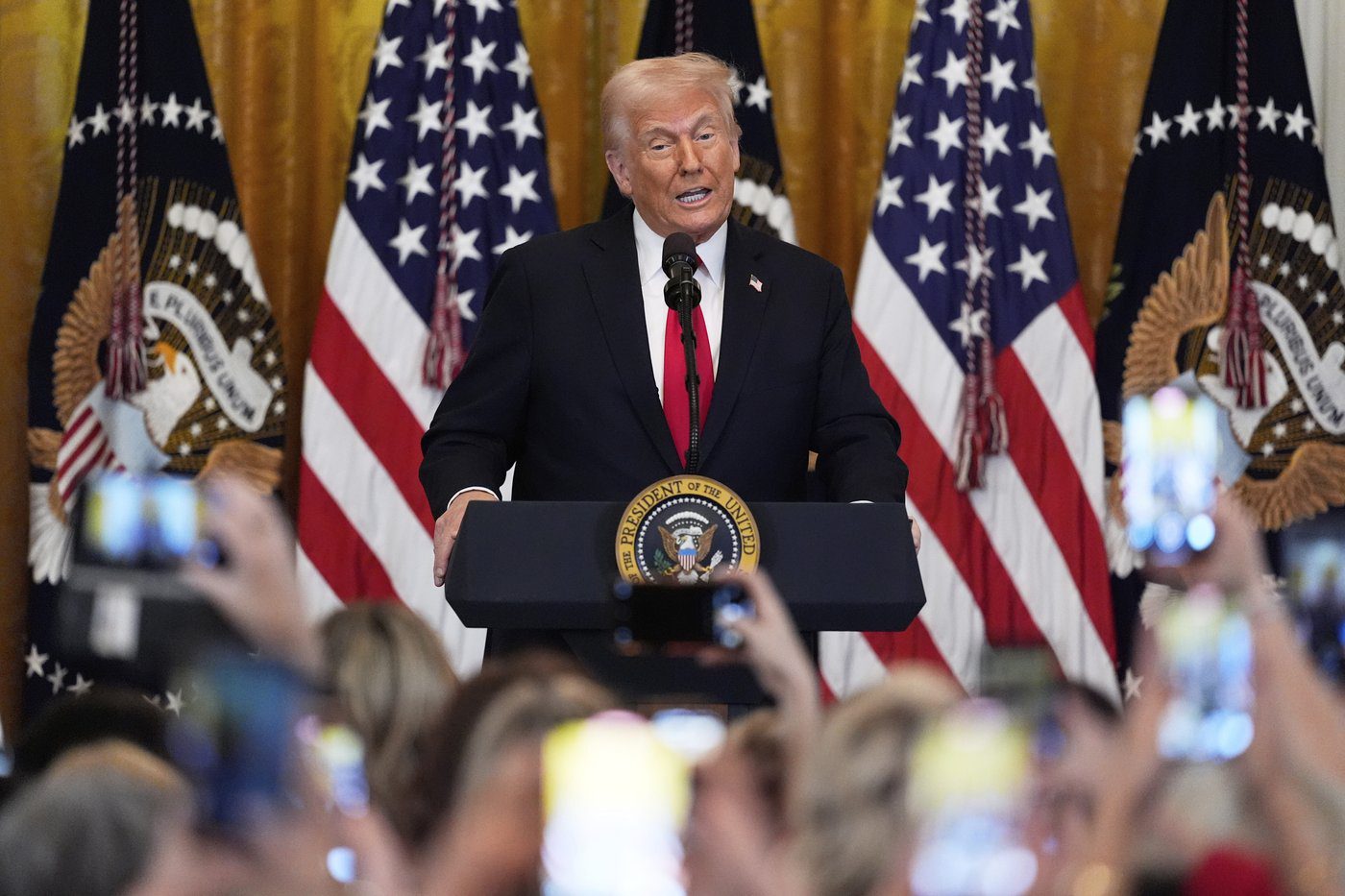WASHINGTON (AP) — The problems for Head Start began days after President Donald Trump took office.
Trump’s administration announced it would freeze federal grants — the primary funding for the early education program that serves more than half a million low-income children. Then came glitches with the funding website that forced nearly two dozen Head Start centers to close temporarily.
Even after the funding freeze was aborted — and the website was restored — those who run the programs remained on edge. On Tuesday, the administration gave them another reason to worry: mass layoffs.
Scores of government employees who help administer Head Start, which is federally funded but run by schools and nonprofits, have been put on leave. Preschool operators say they have received no communication from the Office of Head Start and don’t know who to turn to if they have questions about grants or need the office to sign off on equipment expenditures.
They fear the program, which serves some of the nation’s neediest kids and families, could fall victim to the Trump administration’s sweeping cuts.
Head Start was started six decades ago as part of President Lyndon B. Johnson’s War on Poverty. While the early childhood program has enjoyed bipartisan support since then, some Republicans have emphasized its shortcomings and criticized efforts to increase funding. And Project 2025, the policy blueprint created by the conservative Heritage Foundation, called for eliminating Head Start altogether.
Joel Ryan, head of the Washington State Association of Head Start, said he is worried the administration is slowly dismantling the program without outright eliminating it. “It doesn’t have to be from an act of Congress,” Ryan said. “You can kneecap programs simply by cutting significant numbers of their workforce.”
Preschools say they need federal staff
Head Start operates in all 50 states, helping families who are homeless or are in poverty. Parents who otherwise would not be able to afford child care rely on it when they work or go to school. Supporters say that underscores the importance of Head Start to the economy and at-risk children alike.
At least five of the 12 regional offices for Head Start were closed Tuesday as part of layoffs at the Department of Health and Human Services, according to the National Head Start Association. While individual preschools’ funding remains unchanged, the association’s statement said the cuts happened without a “clear plan for how the administration intends on supporting Head Start.”
Some worry Head Start will become partisan.
“What I don’t want Head Start to be is a political football,” said Rhett Cecil, executive director of the Indiana Head Start Association. “Because a Republican household, a Democratic household, a libertarian household could be a Head Start household.”
In mid-March, Health Secretary Robert F. Kennedy Jr., whose department oversees Head Start, visited a Head Start in Alexandria, Virginia, praising the program and its staff.
“I had a very inspiring tour,” Kennedy said in a video on his department’s Instagram account. “They’re getting the kind of education socialization and education that they need.”
Still, advocates worry the GOP’s efforts to slash the federal budget will ensnare programs like Head Start.
Already, the staff layoffs have caused concerns. Head Start preschools in Washington state had been awaiting approval to replace downed fencing around a playground and to purchase a refrigerator for a center. Ryan said he fears some operators will lose funding because grant applications won’t get processed.
Panic, then closures
The preschools are deeply reliant on federal money. During the brief hold on federal grants, no program was impacted more immediately. Unable to make payroll the day of the freeze, several Head Start centers temporarily closed — cutting off child care for low-income families, for whom a day without work is often a day without pay.
The news about the funding freeze emerged in January as Head Start leaders from across the country were together at the Capital Hilton, a few blocks away from the White House, preparing to meet with Congress members. Gathered in a conference room, many leaders simultaneously realized they were locked out of their funds.
“You could almost feel … the wave of panic all over the room when I think we all realized at the same time that everyone was locked out of that payment management system,” said Chanda Hillman, executive director of Early Flowers Learning. The group operates 17 Head Start campuses in rural parts of southwestern Michigan.
A few hours later, Hillman had to make the call: She would shut down the Early Flowers Learning campuses.
Kahli Lorenz, whose daughter attends Early Flowers, had traveled with Hillman to D.C. as part of a parent advisory council. She had been reeling at the possibility her daughter would have no place to go the following day — or that her beloved preschool would close. So when Lorenz heard Hillman make the announcement, she fell apart.
Both she and her husband work — and she was out of town. Without Head Start the next day, he would miss half of his shift — and half of his pay — at the factory where he works. But she thought of all of her daughter’s classmates, and all the parents like her who might not be able to work without Head Start.
“That meant all of the families were not going to have anywhere to have their kids,” she said.
‘They cannot go to work’
Halfway across the country, Cecil of the Indiana Head Start Association learned about the reported freeze from a Head Start director, and immediately began to fret. The closure of Head Start centers across the state would leave families in a pinch. But he also worried about those who would be furloughed — Head Start is Indiana’s 78th largest employer with nearly 4,000 staff.
Not long after came another confusing piece of news: Head Start was never supposed to be a part of the funding freeze. So why, Head Start directors wondered, had they been shut out of the funding portal? Asked about the pause, the Department of Health and Human Services responded with an automatic message that said it was freezing all communication.
Even after the freeze was aborted and the Head Start portal was supposed to be fixed, many centers discovered they still could not access their funds. A week later, at least 45 grant recipients across the country were still locked out, and many were on the verge of closure. In Waukesha, Wisconsin, Head Start programs shut their doors and furloughed most of their staff. The programs would not reopen until the following week when their leaders could access the funds.
Unable to make payroll, two Head Start centers that served rural communities in western New York shut their doors, laying off 84 employees and leaving the families of more than 200 children without care. They would not reopen until Feb. 10, when they were finally able to draw down funds.
Head Start leaders said members of Congress from both parties were in touch during the crisis, working to get them answers.
For Hillman, it raised hope that Head Start will continue to enjoy bipartisan support — even if some conservatives oppose it.
____
Cheyanne Mumphrey contributed reporting from Phoenix, Arizona.
____
The Associated Press’ education coverage receives financial support from multiple private foundations. AP is solely responsible for all content. Find AP’s standards for working with philanthropies, a list of supporters and funded coverage areas at AP.org.
Moriah Balingit, The Associated Press



